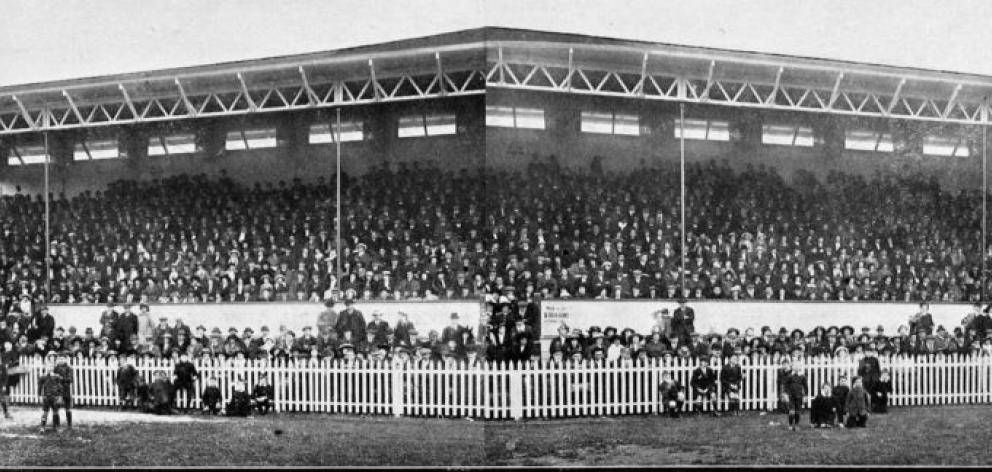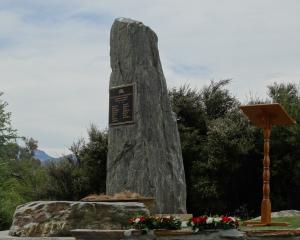
The mounted rifles were at the Queen's statue, the engineers and signallers at Stuart's monument, the infantry at various points of the Triangle, the motor unit near the Art Gallery, and the untrained men and the ambulance at the Garrison Hall.
Lieutenant Monkman was in charge of the artillery, Lieutenant Hazlett of the mounted men, Lieutenant White of the infantry, Lieutenant Nelson of the engineers (with Captain McIndoe second in command) and Dr Evans of the ambulance.
There were between 700 and 800 men on parade, and about 10 companies drilled under the company commanders.
Then, later in the evening, all were assembled in Cumberland street, and the district organisation was explained to all ranks by Lieutenant-colonel Stoneham.
Then markers were placed, and each district fell in. The following districts were represented: - St Kilda, St Clair, Caversham, Roslyn, Mornington, North End (Valley and Opoho), Maori Hill, Andersons Bay, and City. Even at this stage the city was represented by five companies.
The Mounted Rifles, Engineers, and Motor Reserve paraded, and worked under their own officers. The parade was highly successful.
•Wellington: Arrangements for the equipment of the Expeditionary Force with motor cars, motor lorries, motor bicycles, and bicycles are being carried out by Lieutenant-colonel A. M. Myers, commanding the Motor Reserve, and his two staff officers, Major Norton Francis and Captain Beauchamp Platts.
Colonel Myers informed a reporter today that all the arrangements were well in hand.
All the motor vehicles to go with the force had been selected with care, and the vehicles would all be despatched in perfect order, with the necessary supplies of spares, so that on arrival at their destination immediate use could be made of the vehicles.
It was satisfactory to state that all the motor cars and motor lorries to equip the force had either been subscribed for by the people who had made their cash gifts specially applicable for this purpose or had been specially donated. The vehicles would, therefore, be sent free of cost to the Government.
The only money to be found by the Government would be for the purchase of some motor cycles and a number of bicycles.
A comparatively small number of the bicycles required had yet to be donated, so that any person desirous of making contributions towards this part of the equipment of the New Zealand force could still do so.
Drivers for all the motor vehicles had been arranged for by the Army Service Corps.
•The Wakatipu Mail states that, owing to the war, the scheelite mines at Glenorchy have closed down.
Twenty-two men were paid off and more will be put off when certain clearing up is carried out.
Scheelite is usually sent to London and then transhipped to Germany for final treatment. - ODT, 21.8.1914.

